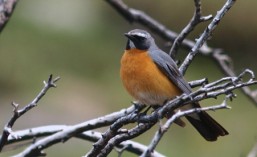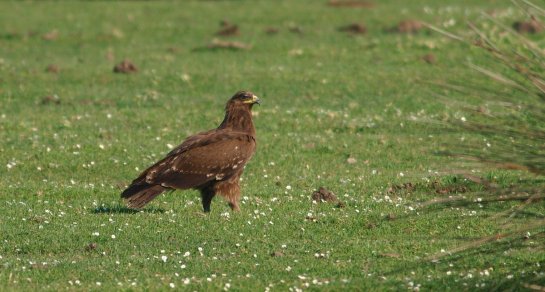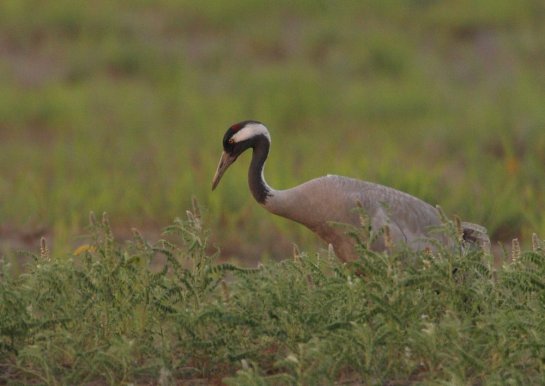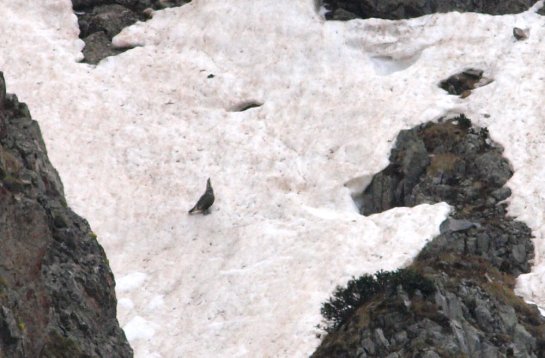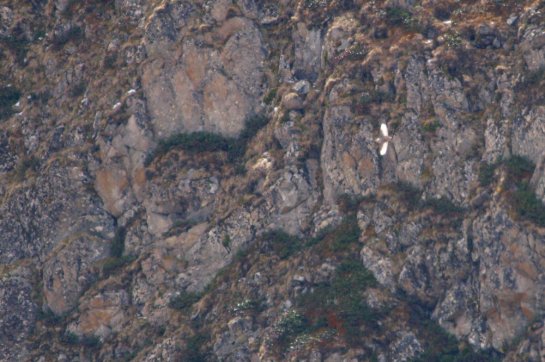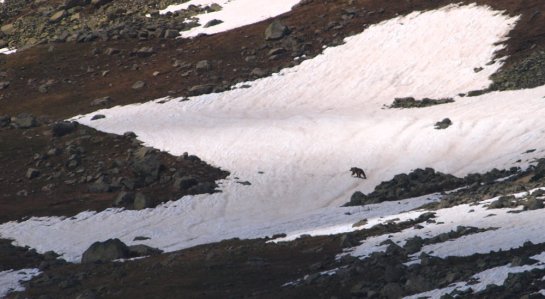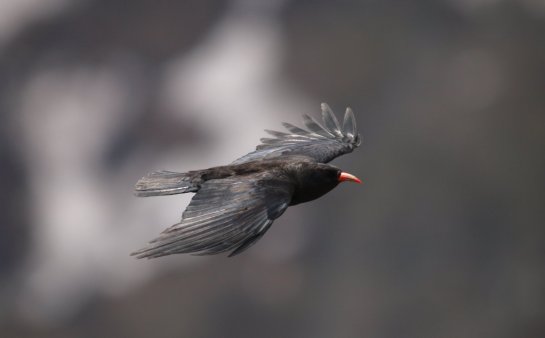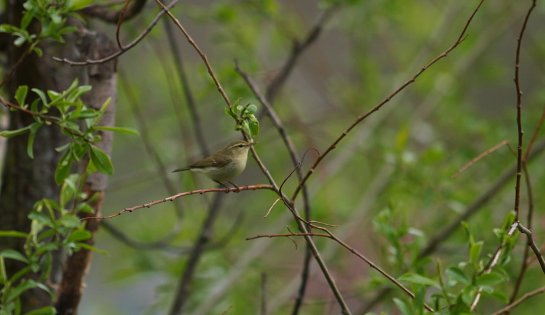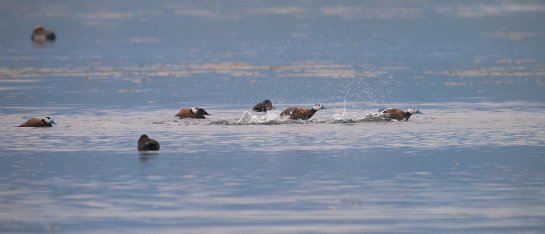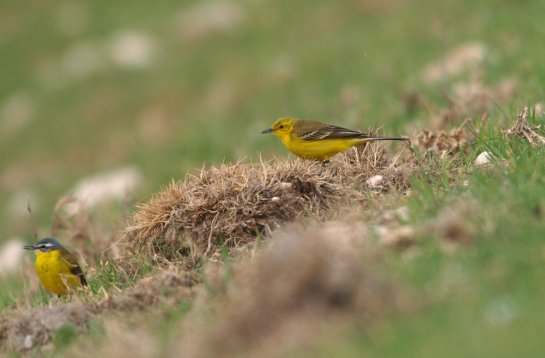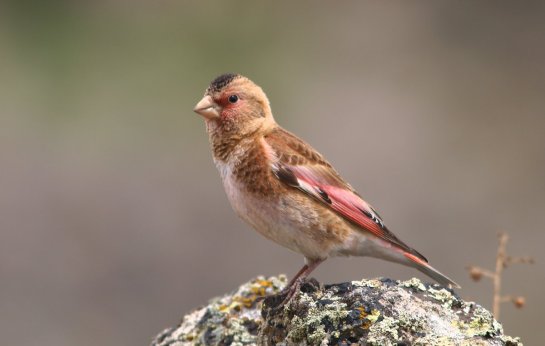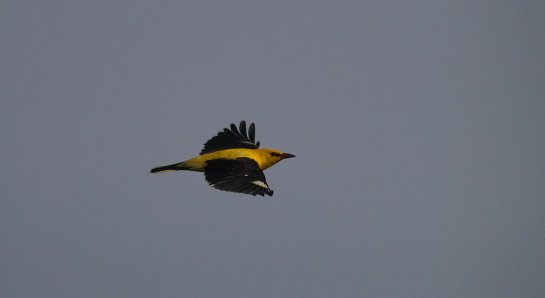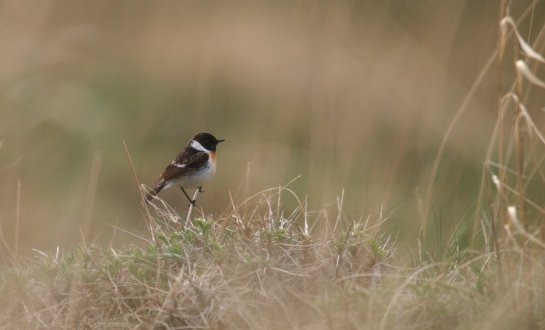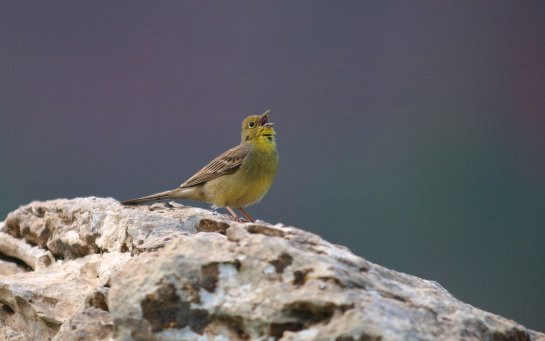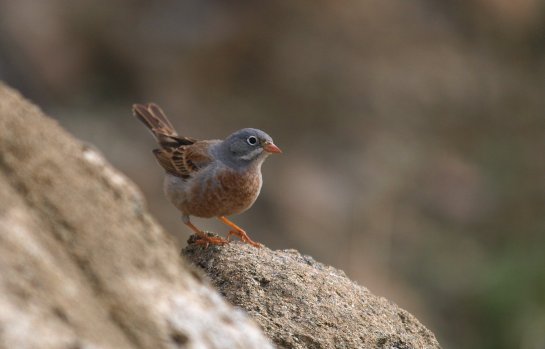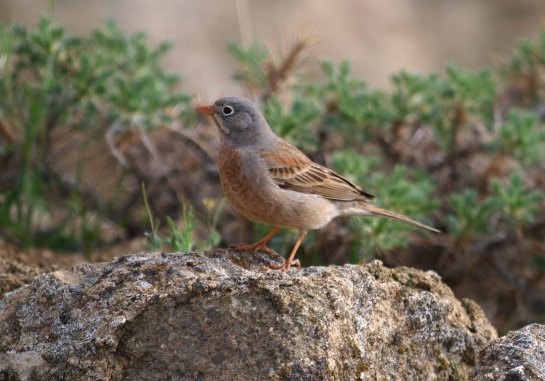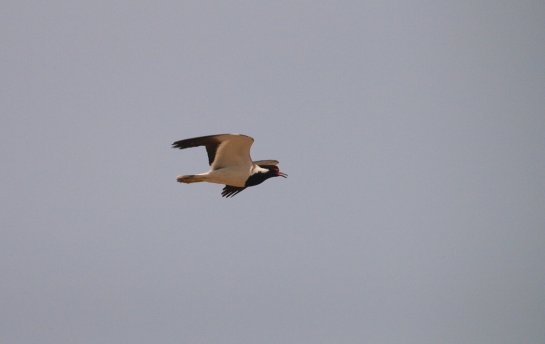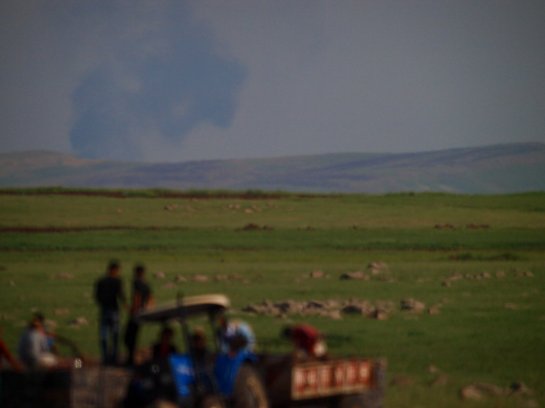We had come to the last day of birding on our 20 day trip in Turkey and Georgia. So we decided to use this day fully. We woke up at four and drove off towards Kizilirmak Delta north of Samsun. We made our first stop at the forest area around Yörükler. There we got the breakfast that the hotel had prepared for us and then we went birding.
I stayed around the car, which was a quite good birding spot. Common Nightingale was singing constantly and suddenly a Wryneck and a Middle Spotted Woodpecker appeared.
After checking the forest we headed to Kizilirmak Delta. It is probably the best preserved of the large deltas in Turkey. 342 bird species have been recorded and there is a ringing station, which is in use from march to end may and mid august to end of october – and impressive species like Lesser Yellowlegs, Arctic Warbler and several Yellow-browed Warblers have been ringed there.
We wanted to visit the ringing centre, but on our way there we got interrupted by 50+ Ferruginous Ducks, lots of Egrets and Herons and other birds.
We finally made it to the ringing station where Kiraz Erciyaz, leader of the ringing station, offered us coffee, which we of course accepted. She had just caught both an eastern Reed Warbler and a Garden Warbler. We got to see the birds being processed and released. Kiraz hoca gave us a ton of advise on where to go to see what in the delta – and off we went.
First we stopped at the visitors centre, where we saw 7+ Lesser Spotted Eagles and lots of Black Kites and a few Common Cranes (of the interesting Turkish breeding population – more on that later).
Then we headed further into the delta. Along the shore we found 15+ Black-throated Divers, Arctic Skua and Merlin. In a forest patch a few Red-breasted Flycatchers and a bit further on a few Moustached Warblers were present.
We then headed back to the ringing station, where Jói finally managed to see a Bittern and birds like Dalmatian Pelican, Purple Heron and Squacco Heron.
Black-throated Diver was our species number 300 on the trip. Other new birds to our trip list at the delta were Red-breasted Flycatcher and Merlin. We also saw and heard Pheasant, but according to Kiraz they are introduced and thus we will not add them to the list.
Kiraz told us that Mute Swan could be found in the delta. And she and her husband were so kind to show us the place where the birds normally forage. And soon we located two Mute Swans on a flooded field. There might be less than 10 breeding pairs of Mute Swan in Turkey, so it is a really good bird to see at this time of year.
The Mute Swan proved to be the last addition to the list, which ended on 304. We then headed to our hotel in Samsun and early next morning we said good-bye at the airport in Samsun.
Thank you Jói, Bjøssi, Simmi, Rasmus, Yann, McE and Emin for a superb trip!
Silas Olofson
